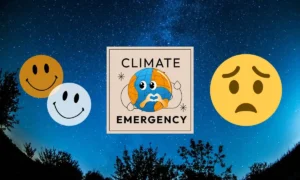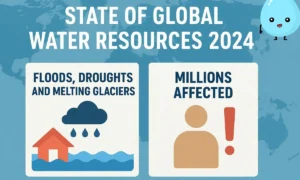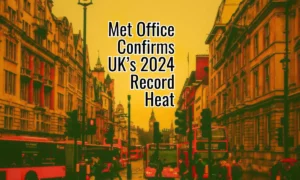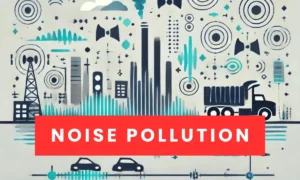Plastics Are Breaching Earth’s Limits – New Study
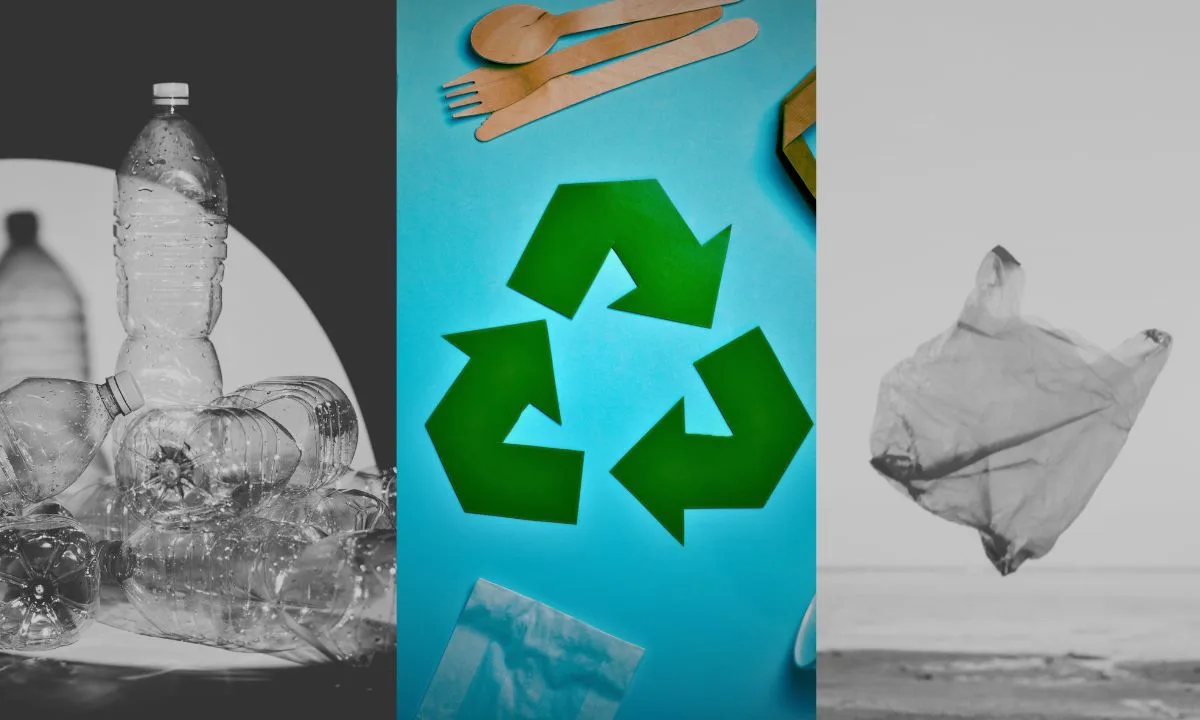
Plastics have become an international concern. They are produced extensively, released uncontrollably into the environment.
Plastic pollution is a source of harmful chemicals. Until now, plastic pollution has been treated primarily as a waste management problem. However, new studies are showing us that plastic pollution’s effects are complex and interconnected at a scale that’s impacting all planetary boundaries, including climate change, ocean acidification and biodiversity loss.
New study “Plastics pollution exacerbates the impacts of all planetary boundaries” published in One Earth journal show plastics have surpassed Earth’s safe operating space. The results are the severe impact on all Earth systems—climate, biodiversity, nutrient flows, and water cycles.
The Scale of the Problem
- Over 500 million tons of plastics are produced annually.
- Only 9% of plastics are recycled.
- Plastics pollute ecosystems everywhere, from high mountains to the deep oceans. Plastic pollution worsens climate change, ocean acidification and other environmental issues.
- Harmful chemicals in plastics, such as endocrine disruptors, pose risks to both human health and wildlife.
- Plastics are harmful for nature’s biodiversity and pose significant risk to global food security.
- Barely 2% of global economic efforts are for tackling plastic pollution target upstream solutions like reducing production. Most of the investment (88%) goes toward recycling and recovery approach.
According to the study, “99% of all plastics are synthesized from fossil-fuel feedstocks. Estimates indicate that plastics production accounts for approximately 12% of total oil demand and 8.5% of total demand for natural gas.”
Plastics affect Earth systems at every stage from extraction of raw material to their disposal. They influence other environmental crises which include climate change crisis and the global biodiversity loss.
Also read | Electronic Waste (E-Waste): A Global Environmental Crisis
The planetary boundaries framework reveals plastics have disrupted Earth’s biophysical processes, the study found out.
This latest study published in One Earth highlights that plastics are breaching the Earth’s planetary boundaries. Addressing plastic pollution requires reducing production and managing environmental releases.
“Plastics are often seen as something that makes our lives easier and that can be ‘easily cleaned-up’ once it becomes waste. But this is far from reality.”
says Patricia Villarrubia-Gómez, lead author of the review.
The study used the planetary boundaries framework to analyze plastics’ global impact. Plastics disrupt key systems such as:
- Climate change
- Ocean acidification
- Biodiversity loss
- Freshwater and land use
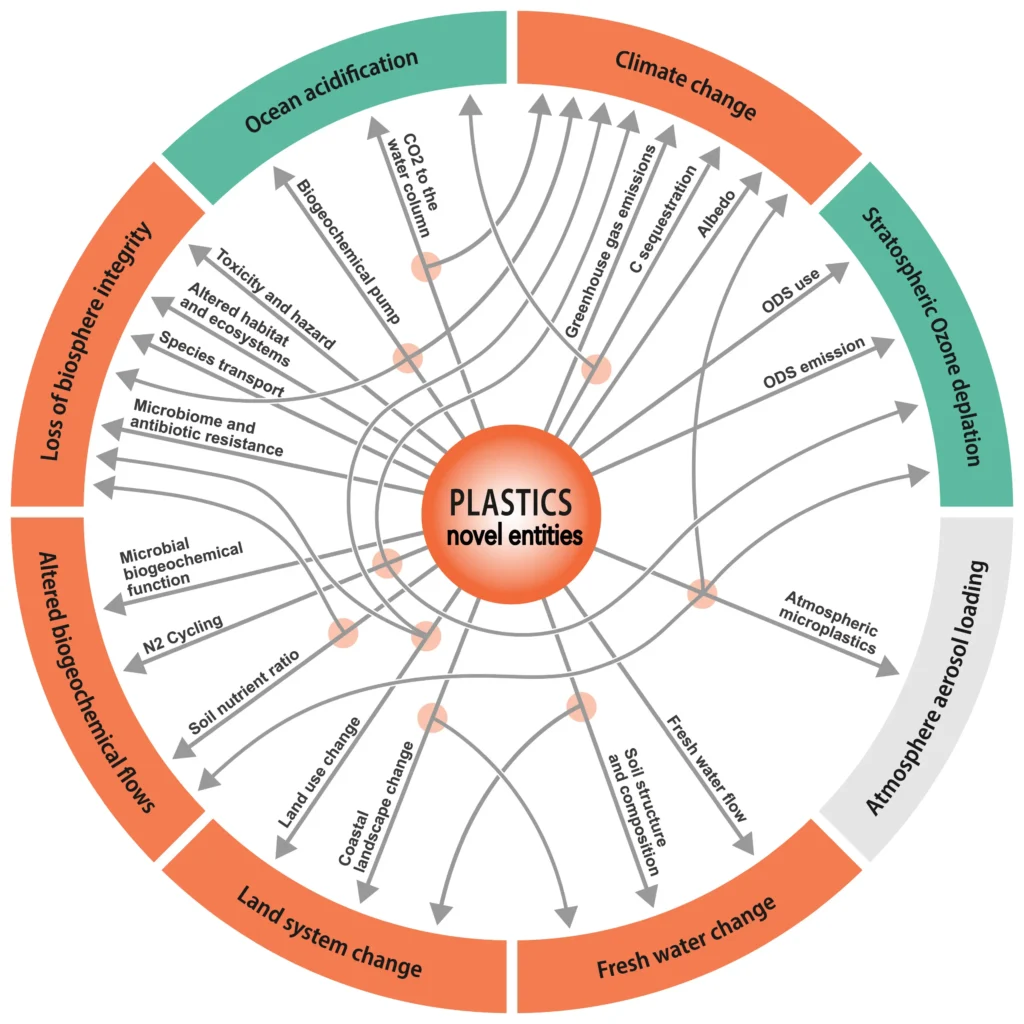
“it is already clear that plastics pollution shrinks societies’ options for mitigating pressures on climate change, biodiversity loss, and the other breached planetary boundaries.”
To mitigate plastics pollution, the research suggest:
- Reducing plastics production and use. Prioritizing sustainability, transparency, and essentiality in materials and production.
- Monitoring plastics in all ecosystems.
- Establishing international regulations.
- Systematic management of plastics as part of climate and biodiversity policies.
The International Plastics Treaty aims to address plastics’ environmental footprint and calls for moving beyond viewing plastics as just litter or waste. Policies must shift from waste management to life-cycle approaches. This includes tackling plastics’ impact on climate change, natural resource use, and biodiversity.
Also read | Soil Pollution: Causes, Effects, and Solutions
The evidence is clear: Plastics pollution is a planetary crisis and immediate concrete action is needed by all the stakeholders to mitigate this global emergency.
“We call for urgent action, recognizing plastics pollution not only as a waste management problem but as an integrative part of climate change, biodiversity, and natural-resource-use policy.”
“Plastics pollution exacerbates the impacts of all planetary boundaries” Villarrubia-Gómez, Patricia et al. One Earth, Volume 7, Issue 12, 2119 – 2138

